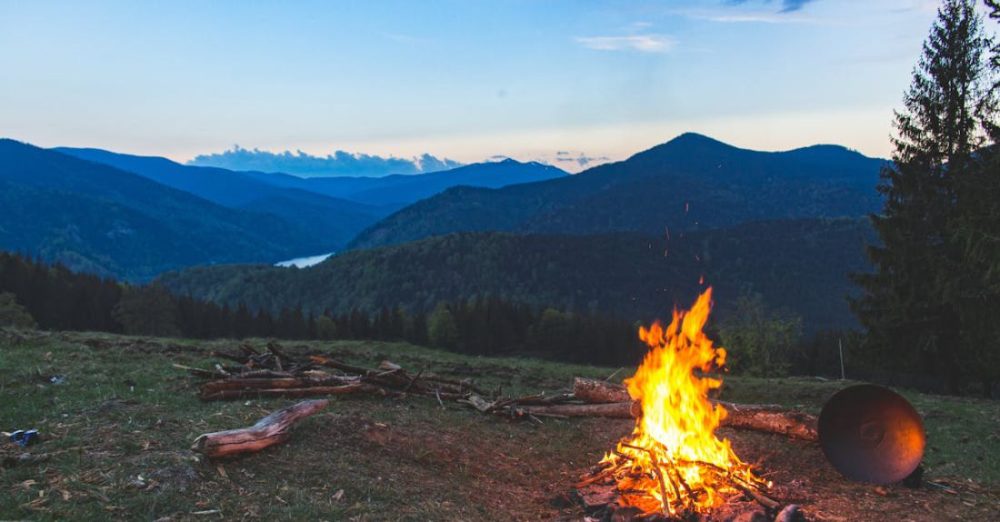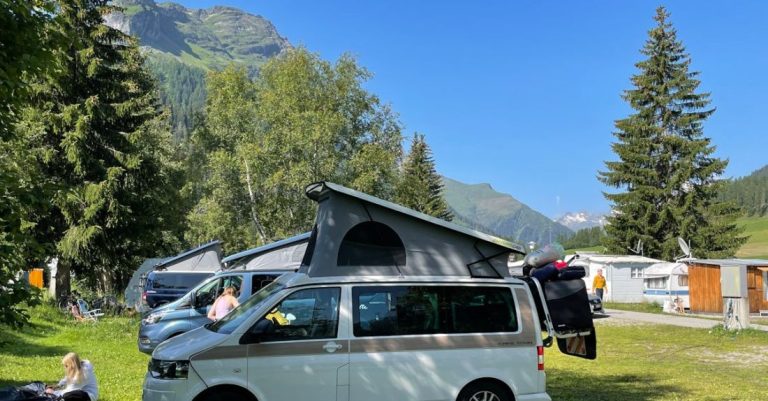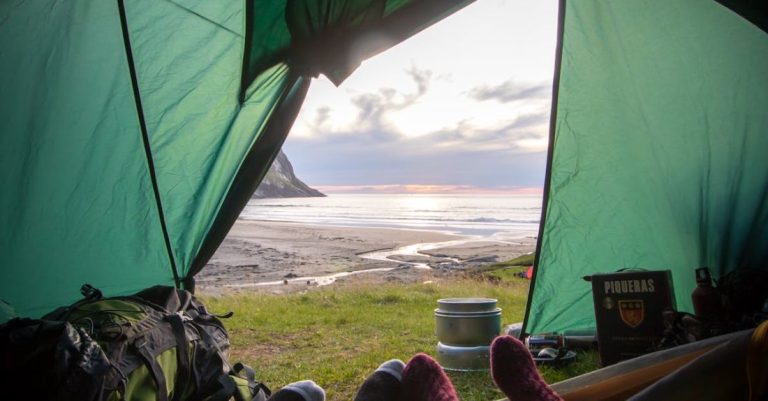
Camping in wildlife areas can be an exhilarating experience, allowing you to immerse yourself in the beauty of nature and disconnect from the hustle and bustle of daily life. However, it also comes with its own set of challenges and considerations that need to be taken into account to ensure a safe and enjoyable trip. Whether you are an experienced camper or a novice looking to venture into the wilderness, here are some top tips to keep in mind when camping in wildlife areas.
Choosing the Right Campsite
Selecting the right campsite is crucial when camping in wildlife areas. Look for designated camping areas that are approved for use to minimize your impact on the environment. Avoid setting up camp near water sources or animal trails to reduce the risk of encounters with wildlife. Additionally, consider the terrain and make sure the campsite is flat and free of hazards such as rocks and roots that could cause injuries.
Leave No Trace
One of the most important principles of camping in wildlife areas is to leave no trace. This means packing out all your trash, including food scraps, and following the principle of “pack it in, pack it out.” Minimize your impact on the environment by refraining from cutting down trees or damaging vegetation. Respect the natural surroundings and leave the campsite as you found it to preserve the wilderness for future generations.
Wildlife Safety
When camping in wildlife areas, it is essential to be aware of the potential wildlife encounters you may face. Research the wildlife native to the area and take precautions to prevent attracting animals to your campsite. Store food in bear-proof containers or hang it from a tree to keep it out of reach of wildlife. Keep a safe distance from animals and avoid feeding them, as this can disrupt their natural behavior and pose a danger to both you and the animals.
Campfire Safety
If campfires are permitted in the area where you are camping, it is important to follow proper campfire safety protocols. Choose a designated fire ring or build a fire pit away from vegetation and flammable materials. Keep a source of water nearby to extinguish the fire completely before leaving the campsite or going to bed. Never leave a campfire unattended, and make sure it is fully extinguished before you leave to prevent the risk of wildfires.
Prepare for Emergencies
Before embarking on your camping trip, make sure you are prepared for emergencies. Pack a first aid kit with essential supplies such as bandages, antiseptic wipes, and medications. Familiarize yourself with basic first aid procedures and know how to respond to common camping injuries such as cuts, burns, and insect bites. In addition, bring a map, compass, or GPS device to navigate the wilderness in case you get lost.
Respect Quiet Hours
While camping in wildlife areas, it is important to respect quiet hours to minimize disturbances to wildlife and other campers. Keep noise levels to a minimum, especially during the early morning and late evening when animals are most active. Avoid playing loud music or engaging in activities that could disrupt the natural sounds of the wilderness. By being considerate of others, you can enhance the camping experience for everyone.
Appreciate the Wilderness
Above all, take the time to appreciate the beauty and serenity of the wilderness when camping in wildlife areas. Disconnect from technology and immerse yourself in the sights and sounds of nature. Take a moment to watch the sunset, listen to the rustling of leaves, and marvel at the stars in the night sky. By embracing the natural world around you, you can truly experience the magic of camping in wildlife areas.





